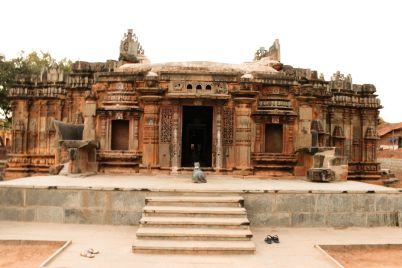About Varanasi (History of Varanasi), Uttar Pradesh, India
Varanasi previously known as Benares, is a Hindu holy city lies on the banks of River Ganges situated on the north Indian state of Uttar Pradesh. The name “Varanasi” is derived from twin branches of Ganga Varuna and Asi, on which the city stands. The city has a single culture, quite diverse from other regions, and considered as one of the major cultural centers amongst north India. Varanasi the region of sacred shrine of Lord Kasi Viswanatha and is one of the respected twelve Jyotirlingas. Varanasi positioning on the banks of the sacred Ganges River, this has given the place as front position for the Hindu religion. Varanasi for the most part considered as the sacred place for all Hindus, irrespective of value.
From the earlier period Hindus believed that taking bath in the River Ganges or vanishing in the holy city of Varanasi they get out of reincarnation and for this reason they directly go to heaven and this kind of positive faith makes countless nearby aged and also disposal of half-burnt dead body into the river. This kind of practice go on with a huge damage to the river and the surrounding ecosystem, but the department of water resources have finally taken up steps to renovate this kind of practice on the river Ganga and prohibit cremation on the banks of holy river.
Varanasi was a booming trade center when Buddha came to Sarnath, to sermonize his first address in 500 BC. The well-known American novelist Mark Twain once wrote, “Benaras is older than history, older than tradition, older even than legend and seem to be twice as old as all of them combined together. Apart from religious significance, Varanasi is the center for several established industries and is world famous for different silks; the township does a roaring trade in tourism and its infrastructure, hotels.
Banaras or Varanasi is also well known for its silk weaving cottage industry. Varanasi silk brocades have small, often minute, motifs prepared of gold or silver thread. Carpet Weaving Center close to Banaras is the famous carpet-weaving center at Bhadoi where hand made carpets are fashioned by expert craftsmen who have acquired their rich range of designs and performance from their family traditions.
The Ghats of Varanasi
Ghats of Varanasi consist of steps leading down to the river and the most excellent time to visit is at sunrise, when pilgrims take their morning immerse in the river. There are in excess of 100 ghats in all and one of the better ways in which to catch a boat and go for a journey along the river would be a pleasant time to calm down. The most excellent season to spend your vacation at Varanasi and its temples is between October and March. A number of most important festivals and cultural events also take place in this period. Summer can be quite unkind here with the temperatures rising up to 45deg C. Rainy season, which starts by late June or early July, brings heavy rain and high moisture which most visitors would rather avoid. Winter season on the other hand, moderately pleasant with the temperatures around 20deg C in the daytime.

